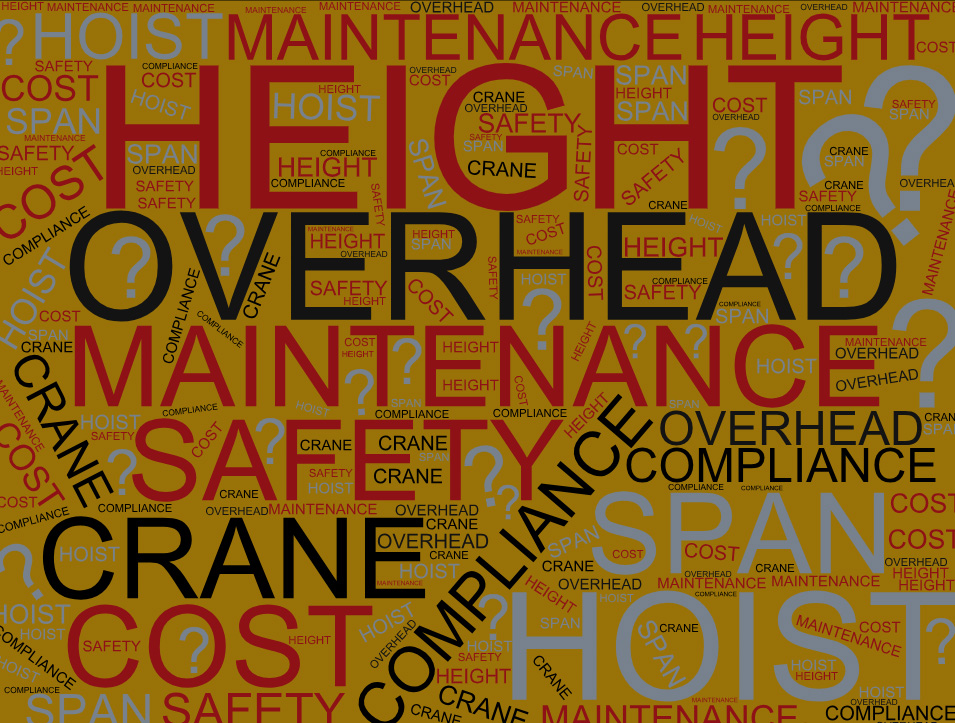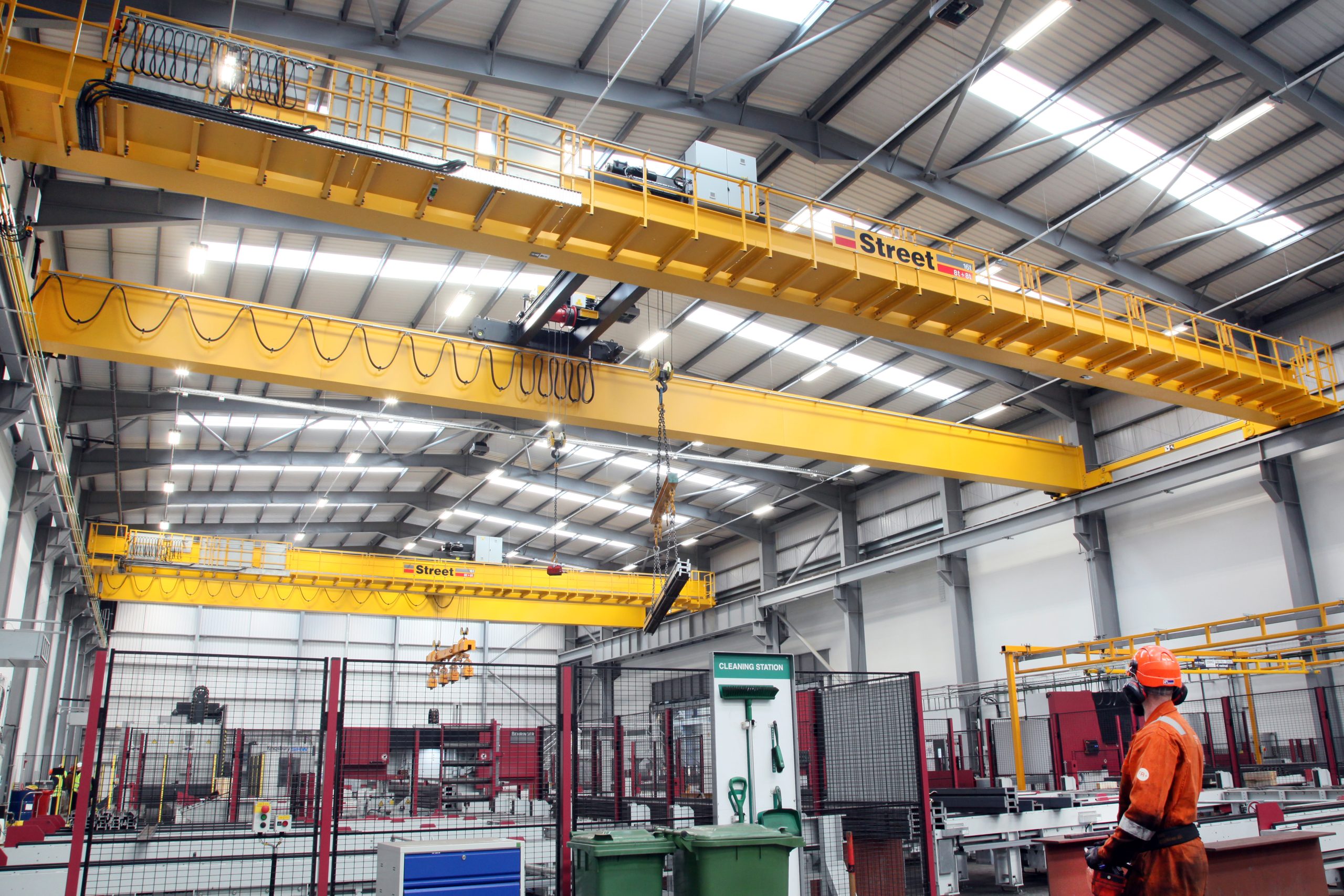How to Select the Right Overhead Crane System for Your Business?

How to Select the Right Overhead Crane System for Your Business?
Choosing the right crane system for your business is a critical decision that can significantly impact productivity, safety, and operational efficiency. With various types of cranes available, each designed for specific tasks and environments, making an informed choice requires a clear understanding of your business needs, the types of loads to be handled, and the working conditions. This guide will walk you through the essential factors to consider when selecting the right crane system for your business.
1. Assess Your Business Needs
The first step in selecting the right crane system is to thoroughly assess your business needs. Consider the following aspects:
Load Capacity
Determine the maximum weight of the loads that will be lifted. It’s crucial to choose a crane that can handle the heaviest load in your operations to ensure safety and efficiency.
Lift Height
Identify the required lifting height, which is the distance the load needs to be lifted. This will help determine the type of crane and its specifications.
Span and Reach
Consider the distance the crane needs to cover horizontally. This includes the span (the width the crane must cover) and the reach (the distance from the crane’s base to the load).
Frequency of Use
Evaluate how often the crane will be used. For high-frequency use, a more robust and durable system may be necessary, while a less frequent use might allow for a more cost-effective solution.
2. Understand the Types of Cranes
There are various types of crane systems, each suitable for different applications. Understanding their features and capabilities is essential for making the right choice.
Overhead (Gantry) Cranes
Overhead (gantry) cranes, also known as bridge cranes, are ideal for lifting heavy loads in industrial settings. They consist of parallel runways with a traveling bridge spanning the gap. Overhead cranes are excellent for covering large areas and providing precise load control.
Portal / Goliath
Portal or Goliath cranes are similar to overhead cranes but are supported by legs that move on wheels or along a track. They are versatile and can be used indoors or outdoors, making them suitable for construction sites, shipyards, and warehouses.
Jib Cranes
Jib cranes have a horizontal arm (jib) that supports a hoist, which can move along the arm. They are ideal for lifting tasks in smaller workspaces or for assisting in repetitive lifting operations. Jib cranes can be column-mounted or free-standing or wall travelling.
Light Crane Systems
Light Crane Systems are cost effective and highly durable workstation cranes tailor made for the individual application and ideal when handling requirements are localised. LCS cranes may be suspended from a building structure but in cases where the building structure will not support the additional crane loads monorail and crane systems can be free standing.
3. Evaluate Working Conditions
The environment in which the crane will operate plays a significant role in determining the right system.
Indoor vs. Outdoor
Consider whether the crane will be used indoors or outdoors. Outdoor cranes need to withstand weather conditions and may require additional features like weatherproofing.
Space Constraints
Assess the available space for crane installation and operation. Ensure there is enough room for the crane to move and operate safely without obstructions. You also need to consider how you are going to install your crane.
Environmental Factors
Take into account any environmental factors such as temperature, humidity, and potential exposure to corrosive substances. Choose a crane system that is designed to handle these conditions.
4. Safety and Compliance
Safety is paramount when selecting a crane system. Ensure the crane meets all relevant safety standards and regulations. Consider the following:
Load Testing
Ensure the crane undergoes load testing to verify its capacity and safety features.
Operator Training
Invest in proper training for crane operators to ensure safe and efficient operation.
Maintenance and Inspection
Regular maintenance and inspection are crucial for the safe operation of the crane. Choose a system that offers easy maintenance and has readily available spare parts.
5. Cost Considerations
While cost should not be the sole determining factor, it is essential to consider your budget. Evaluate the total cost of ownership, including:
Initial purchase price
Installation costs
Maintenance and repair expenses
Operating costs
Consider the long-term benefits of investing in a high-quality crane system that offers reliability, efficiency, and safety.
Conclusion
Selecting the right crane system for your business involves a careful assessment of your needs, understanding the different types of cranes, evaluating working conditions, prioritising safety, and considering cost factors. By taking a comprehensive approach, you can choose a crane system that enhances productivity, ensures safety, and delivers long-term value for your business.
Get in Touch
If you would like to speak to us about our products or a bespoke solution for your business, please call +44 1298 812456 or email us at admin@streetcrane.co.uk.



